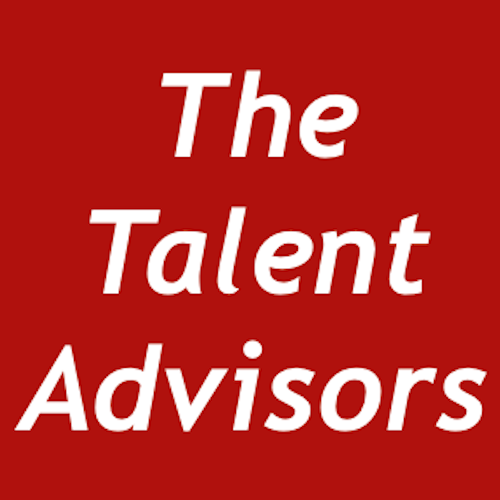NEW TO A ROLE? HAVE A COACHING PLAN
This article is part of our Insights For Action series. Join the mailing list to receive this and more.
What are some ways to smooth the transition for a newly appointed executive?
There are critical turning points in a career that require extra support to ensure success. Despite what some may say about internal moves being easier, it’s risky to think that insiders need any less support.
While a major new role is an important development experience, it is one of personal vulnerability due to the testing of self-efficacy. They do find themselves under intense pressure to perform. Insiders face the dilemma of knowing the culture and how to get things done, yet are under scrutiny to quickly get results. It is expected that they will exceed ‘break-even’ contributing more value than the corporate investment in their career.
Operating at a higher level challenges identity, way of thinking, how to achieve results, a new relevancy.
Being pulled in many directions during the early weeks and months of a new role is common. It helps to listen and make sure the focus is not about you, but on what is needed for the organisation. Then consider: early ‘wins’ that are implemented in a way that is acceptable for the culture, respecting the past while forging a sustainable future, building engagement in a shared vision.
The ‘how’ is as important as ‘what’. The transition roadmap and coaching plans must clarify where a new leader should be and in what time frame. They need to know where their time goes, focus on visible contributions, while making their own strengths productive.
The transition roadmap and coaching plan must be clear on what the executive should achieve and in what time frame. They are expected to quickly diagnose their part of the business and know the organisation at a systemic level; have broad and frank dialogues to reach agreement on performance, clarify expectations, negotiate for resources, assess people, steer communications, be a public face; and identify when and how to achieve momentum through early wins.
What emerges should be a compelling story on how to reset corporate strategy and mend any organisational fault-lines.
Then new relationships must be shaped - those direct reports that form the executive committee, heads of divisions, emerging talent and importantly shareholders, stakeholders and customers. It helps to accurately identify allies and resistors. Think through the dynamics of social capital including conflicts, webs of power, relationships and alliances.
Executives moving into a new role disrupt the status quo. There will likely be those whose own careers have been stalled by this appointment or have their own view of how to operate, or no longer fit within the renewed structure. Group dynamics are also a significant transition issue. Leadership and authority is highly scrutinised.
Pulled in many directions, perspective and context is drawn on by any new executive. A range of people will rush to offer advice, many with an agenda, but few with the valuable insight to see the company systemically and correctly prescribe. Understandably, new executives seek and rely on a trusted confidant or mentor with whom to discuss plans and people.
Taking a more strategic and integrated approach to supporting a new appointment ensures effectiveness is achieved quickly and the typical communication, cultural, political traps and blind spots of new leaders is avoided.
The human side of change is complicated. Beliefs about past successes can become future barriers. Divergent thinking stretches assumptions. Strategies are fundamentally about choice, difference and advantage. This means deciding what not to do, what to let go and what to unlearn, just as it is about what will be done.
Recovering from a bad start is a hard task. Getting the early stages right is critical to signal the signature strengths that will mark the executive’s ongoing legacy and avoid becoming a statistic.
From Insight To Action
The right transitional roadmap can avoid the stress of a ‘sink or swim’ approach. An effective transition plan will: 1. Maximise business knowledge; align expectations, focus on culture and build political connections 2. Clearly articulate the real business situation and agreed solutions 3. Schedule regular feedback sessions to help the executive know what they should keep doing, start doing or stop doing 4. Ensure early, meaningful exposure to CEO and C-suite 5. Assign clear ownership for transition success 6. Agree to a change management program and a team ‘jump start’ 7. Build social capital, connecting to new networks or peers, while mapping the network for enablers, influencers or blockers 8. Provide mentoring and coaching to assist the executive design a personal transition checklist; let go of the past; work at a more strategic level; explore tactics to deliver results and develop strategic capability in unknown settings. 9. Help the executive think through their presence, find their own voice and take up new behaviours and new thinking.
Keep Reading
Discover what support we offer executives and corporates.
Be added to the distribution list for future articles.
Copyright and All Rights Reserved | About Dianne Jacobs

